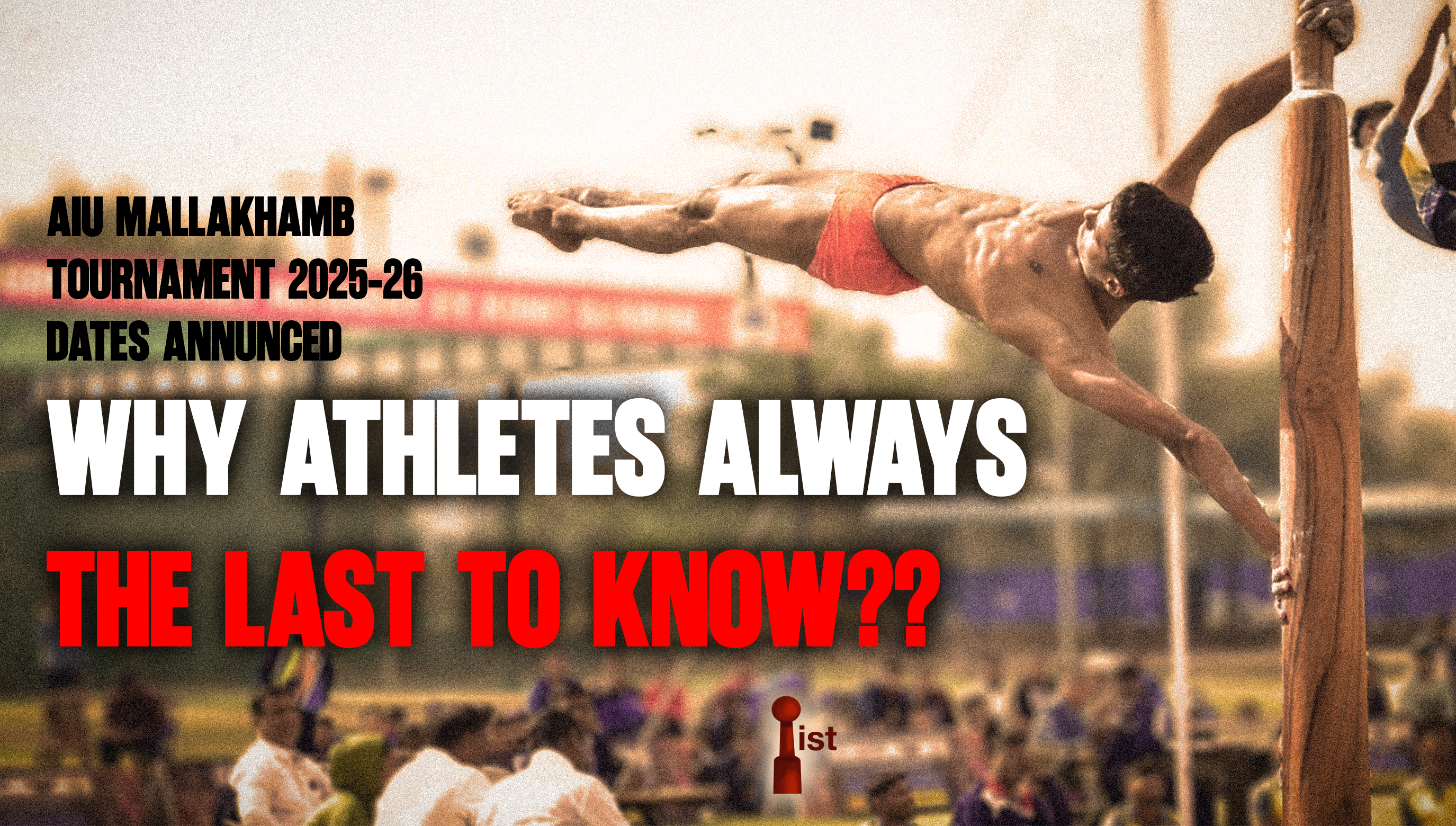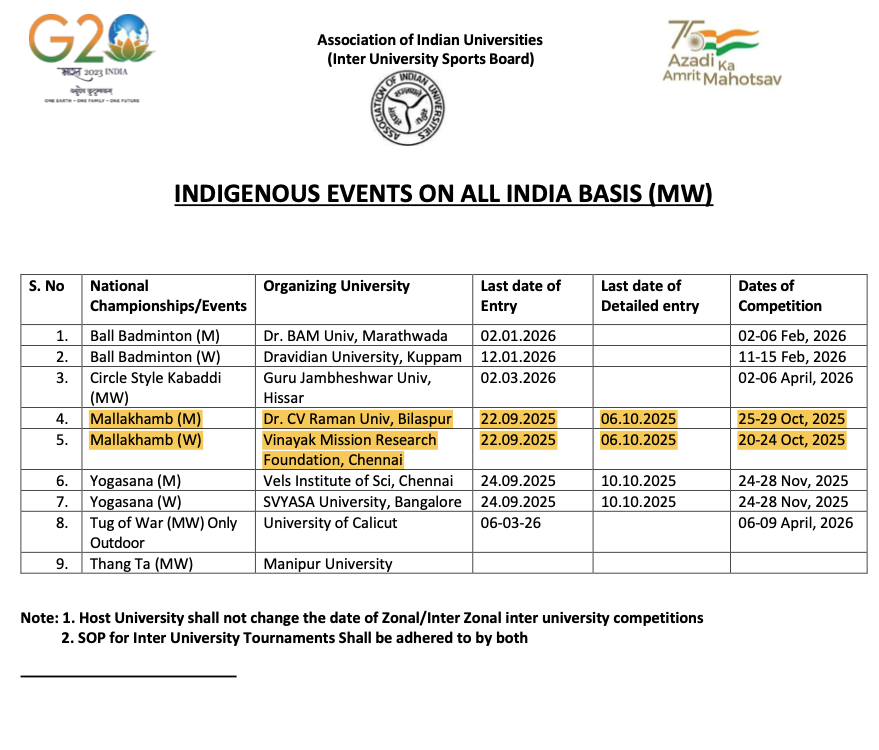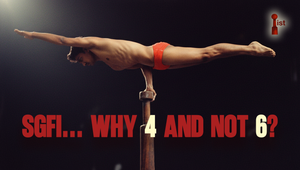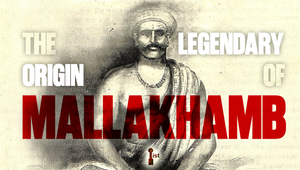
Why Athletes Always The Last to Know?

The Annual Sports Calendar for the Association of Indian Universities Games 2025–26 was officially published on 24 May 2025. It had all the details neatly laid out: men’s Mallakhamb at Dr. C.V. Raman University, Bilaspur, Chhattisgarh (25–29 Oct), women’s Mallakhamb at Vinayak Mission Research Foundation, Chennai (20–24 Oct), and a last date for entries of 22 September 2025.
On paper, this looks perfectly planned. In reality? Most athletes only found out last week.
Yes, you read that right. A tournament announced three months ago was a secret for many until just a few days back. Meanwhile, some universities had already held trials, formed squads, and even started training camps weeks ago. Others? Still scrambling to decide when to hold selections, if at all.

So, the obvious questions:
Why wasn’t the calendar made public for athletes the minute it was published?
How did some universities know so early, while others stayed clueless? Insider advantage, maybe?
And why are athletes—the very people these tournaments are meant for—always the last to know?
Unequal Starts
For sports like Mallakhamb, preparation isn’t just about turning up with a team. It takes months of conditioning, refining techniques, and getting used to specialized apparatus. When some athletes get weeks of structured training camps and others barely get time to recover from their selection trials, how is this a level playing field?
Imagine being a student who hears about the competition only a couple of weeks before entries close. You juggle academics, exams, maybe even part-time work—and now you’re expected to be competition-ready against athletes who’ve had head start prep time. Fair? Not even close.
The Larger Problem
This isn’t a one-off hiccup. It’s a pattern. Every year, the calendar gets finalized in neat PDFs and official circulars. But somewhere between the AIU’s announcement and the athletes who actually step onto the field, the message gets lost—or deliberately delayed.
Why? Bureaucratic lag? Universities not bothering to circulate the information? Or is it that some universities, with better connections, always seem to get the memo early? Whatever the reason, the outcome is the same: the system rewards a few, while leaving the majority to play catch-up.
Fixing the Game
It doesn’t have to be this way. Imagine if, the moment the GR is released, the schedule is posted on an official, athlete-facing platform—social media, a central website, even WhatsApp groups run by federations. No middlemen, no selective leaks, no excuses.
And why not make trial deadlines uniform across universities? That way, no team has a head start, and every athlete gets a fair chance. After all, the goal of university sport isn’t just to host events—it’s to develop talent.
Final Whistle
The Mallakhamb events of 2025 are a reminder of how broken the communication system in university sports really is. Athletes shouldn’t have to rely on whispers, late emails, or sheer luck to know when their big tournaments are happening. They deserve clarity, time, and fairness.
Until that happens, the Association of Indian Universities Games will remain less about sporting excellence and more about who knew what, when. And that’s not a game anyone signed up to play.


